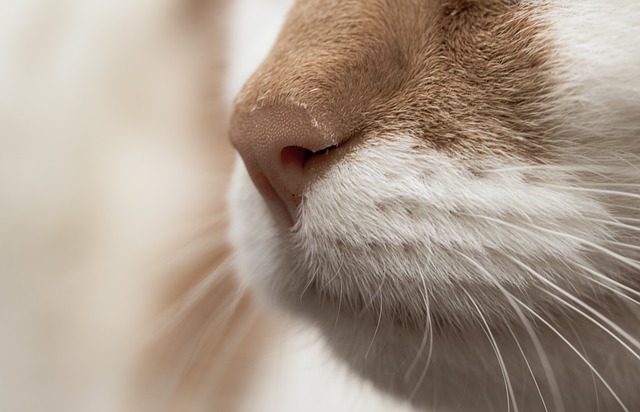
Introduction: Cats, like humans, experience a range of emotions that influence their behavior. While some feline behaviors may be viewed as undesirable, they can often be corrected. Understanding the root causes behind these behaviors is essential for fostering a harmonious relationship between owners and their pets.
- Vocalization:
- Cats may howl and cry, particularly at night, due to natural nocturnal instincts or as a sign of distress.
- Breeds like the Siamese tend to be more vocal, seeking attention with their meows.
- Addressing boredom or potential pain can help alleviate excessive vocalizations.
- Scratching:
- Cats scratch to mark territory. Providing scratching posts and toys can redirect this behavior.
- Introducing various textures in scratching posts can cater to individual preferences.
- Chewing:
- Chewing behavior in cats can stem from boredom, aggression, teething in kittens, or a liking for specific textures or tastes.
- Ensuring a balanced diet and offering safe toys can curb unwanted chewing.
- Urinary Problems:
- Various factors, including infections, stress, or changes in the household, can lead to litter box issues.
- Seeking veterinary care is crucial to rule out medical conditions. Specialized litter, diets, and pheromones can also help.
- Aggression:
- Aggression in cats may result from stress, anxiety, or underlying medical issues.
- Identifying triggers and providing alternative outlets for energy, like toys, can help manage aggressive behavior.
- Obsessive-Compulsive Licking:
- Excessive licking is often a response to pain or anxiety. Addressing these underlying causes is crucial.
- Consulting a vet for appropriate supplements, medications, or specialized diets can be beneficial.
Addressing Behavior Problems:

- Excessive Vocalizations:
- Provide mental and physical stimulation during the day to reduce nighttime activity.
- Avoid reinforcing demanding behavior with immediate responses.
- Unwanted Scratching:
- Introduce scratching posts with appealing textures, using catnip to attract them.
- Consider pheromones and nail caps for ongoing management.
- Problem Chewing:
- Ensure a nutritionally complete diet and rule out dental issues with a vet.
- Offer safe toys and consider deterrents like bitter sprays for persistent chewers.
- Litter Box Issues:
- Maintain a clean litter box and provide enough boxes for multi-cat households.
- Experiment with different types of litter and monitor stressors in the environment.
- Aggressive Behavior:
- Identify triggers and work towards eliminating them.
- Consider using pheromones, supplements, and dividers to manage aggressive tendencies.
Conclusion: Understanding and addressing cat behavior issues requires patience, observation, and sometimes professional guidance. By considering the underlying causes and implementing appropriate strategies, owners can create a supportive and enriching environment for their feline companions.



